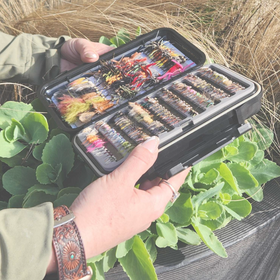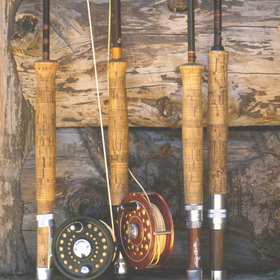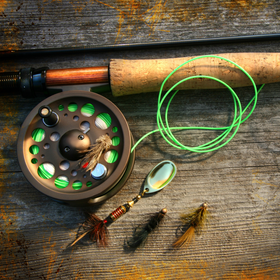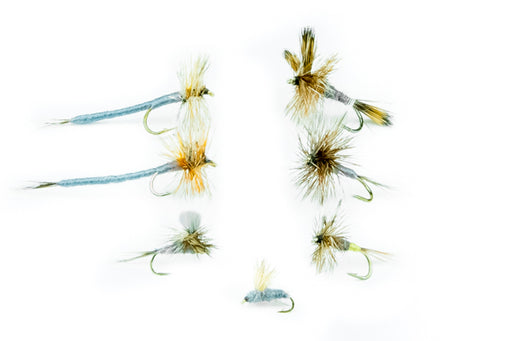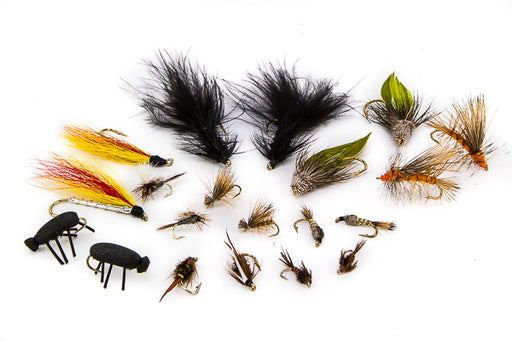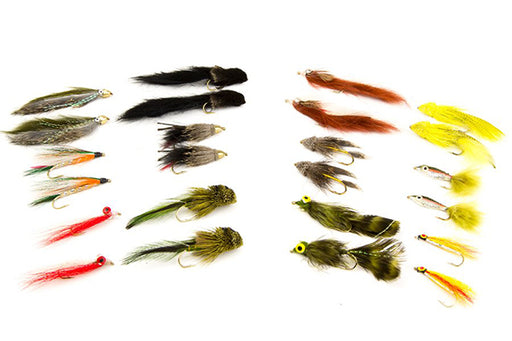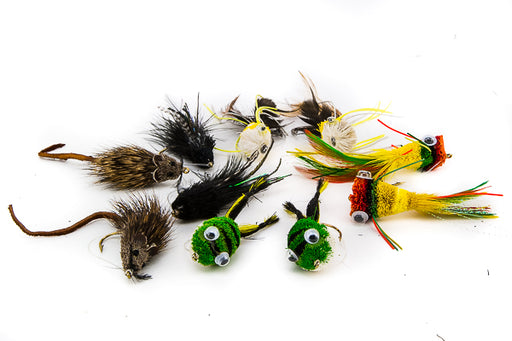
Where to Fish - Seeps Lakes, Washington

For those of us that grew up fishing in the Northwest decades ago, the fishing scene was different. Steelhead were something you chased occasionally. Maybe a trout trip every year to the Yakima, but many of us grew up fishing lakes out of a float tube. The "basin" lakes of central and eastern Washington were world-class fisheries in the 1990's and 2000's.
They held big fish, big hatches and relatively little pressure. Times have changed a little bit. These lakes are still world-class, but the management and a few other things have changed since the 1990's.

For one, the state does not stock these lakes with the same strains of rainbow trout, so the trout do not quite grow to the massive proportions that they once did. Another issue is that the state also tends to use Rotenone on these lakes if the populations of sunfish increase too high. This ultimately affects the quality and density of the once-abundant insect hatches.
There are so many lakes in the basin that you can't fish them all. There are some seriously super-high quality lakes in the area that may not even see fly anglers during an entire season. It is worth a look for your next road trip.
This hatch chart should cover many of the Columbia River Basin Lakes, including those in the Columbia National Wildlife Refuge, Quail Lake and other Seeps Lakes. This should also cover Nunally, Merry, Bobby Lake, Lenice Lake, Lenore Lake, Dry Falls Lake, Dusty Lake, Amber Lake, Potholes, and countless others in the Columbia Basin.
The Columbia Basin covers much of central and eastern Washington, from Ellensburg on the western edge to the Tri-Cities on the south side, Pullman in the southeast and Spokane on the northeastern edge of the basin. So most of the smaller lakes in this map should be covered by this chart:

| Insect | Size | Begin | End | |
  |
Scuds | 12-16 | January 1st | December 31st |
 |
Leeches | 4-8 | January 1st | December 31st |
 |
Chironomids | 12-18 | March 15th | May 15th |
 |
Callibaetis | 14-18 | April 1st | September 30th |
 |
Damselfly |
6-12 | April 15th | July 31st |
 |
Dragonfly | 4-8 | May 15 | August 15 |
  |
Caddis (Traveling Sedge) | 4-16 | September 15th | October 31st |


